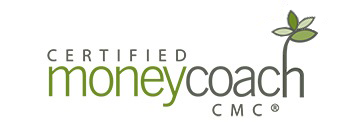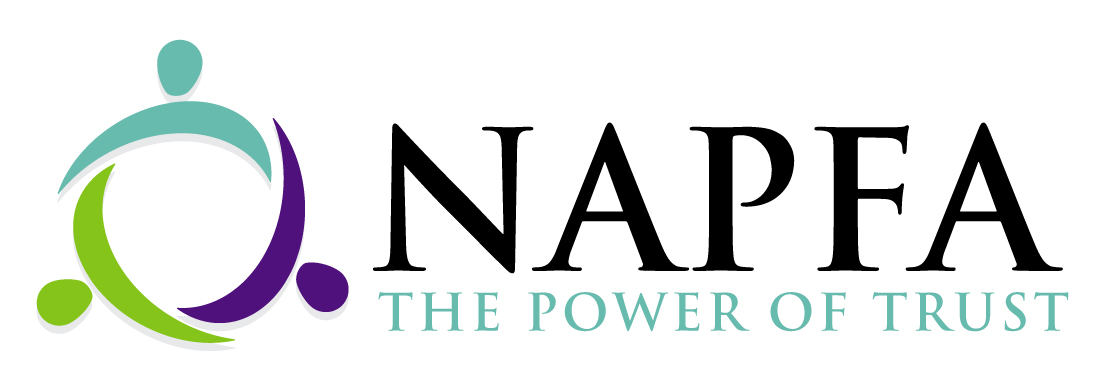After being in a savings mode for a good part of your life, you have now transitioned into retirement and may be wondering the best way draw down assets from your investment accounts to meet your living expenses and not incur significant taxes. The accumulation phase was somewhat straightforward as you used tax-advantaged investments to effectively grow your money during your working years. But in retirement, you are faced with a new level of decision-making as to which accounts to tap into to meet your income needs, while minimizing your taxes and continuing to make your remaining investments work for you.
There are no hard and fast rules regarding the order of withdrawing from your retirement accounts to optimize tax-efficiency. Conventional wisdom says to first exhaust your taxable (brokerage) accounts, followed by your tax-deferred (401(k), Traditional IRA) accounts, and lastly your tax-exempt (Roth IRA) accounts. But sufficient academic research has shown that every person’s unique situation requires a thorough analysis to determine the optimal strategy. That said, when it comes to your taxable investment accounts, there are indeed ways to tilt things in your favor.
Assuming you’ve not yet reached the age for required minimum distribution (RMD) and have not begun Social Security Benefits (SSB), you will generally be in a much lower tax bracket during your early retirement years as you are no longer receiving employment income. With your taxable accounts, withdrawals are mostly tax-free return of principal. Should you have more than one taxable account, there’s some very important considerations to selecting which account to sell from first to receive the higher net after-tax return.
Let’s suppose that you have had a taxable account for 20 years and it has accrued significant capital gains, which is the difference in what you purchased the asset for (basis) and what it is valued at today. You have another taxable account that you established five years ago, and that account has lower capital gains. When you consider which of these accounts to sell first, most people think about locking in their gains with the 20-year account and selling those assets first. However, this would not be to your advantage. You should be striving for the highest net after-tax return on your investments, therefore you would sell the account that has the lesser capital gains and let the other account continue to grow. In other words, you want to sell the assets with the least amount of capital gains first so that the money will last longer, because the longer you hold a basis asset, the higher the net after-tax return.
In summary:
Less capital gains = Sell first. This will translate to a lower expected net after tax return.
More capital gains = Wait as long as possible to sell. If you still have these upon death, the step-up in basis will be an additional benefit to your heirs, which means the basis gets adjusted to its fair market value on the decedent’s date of death.




